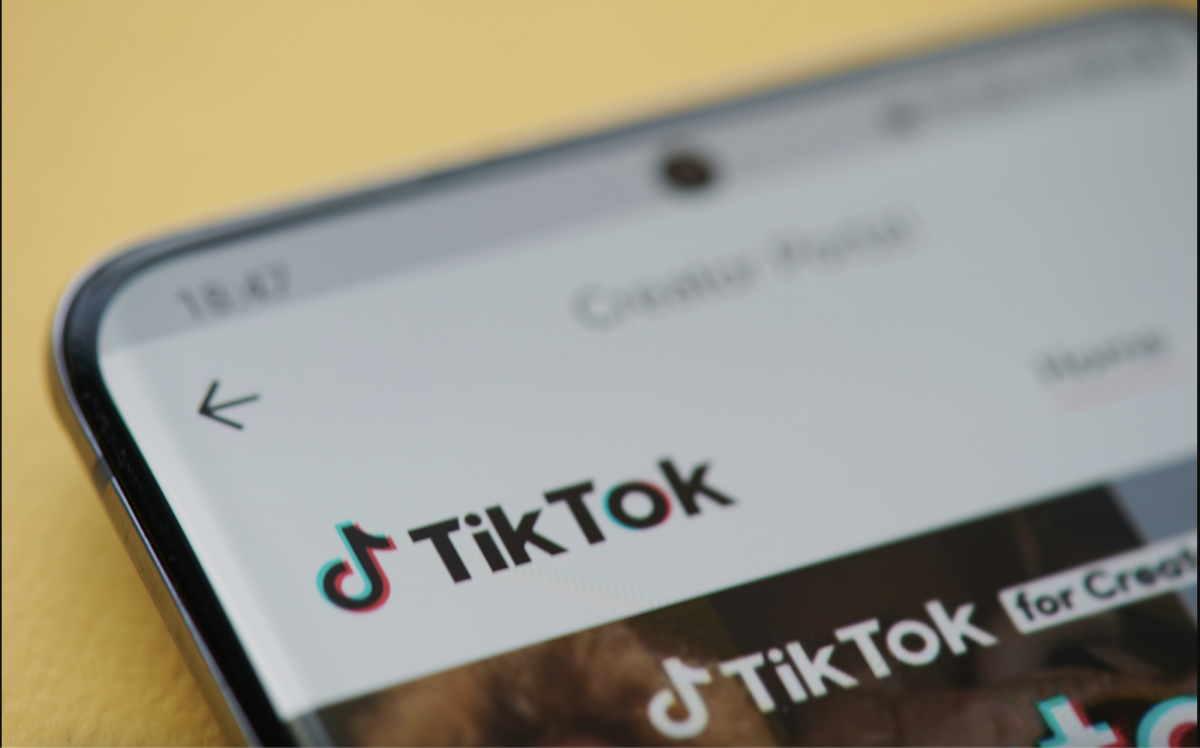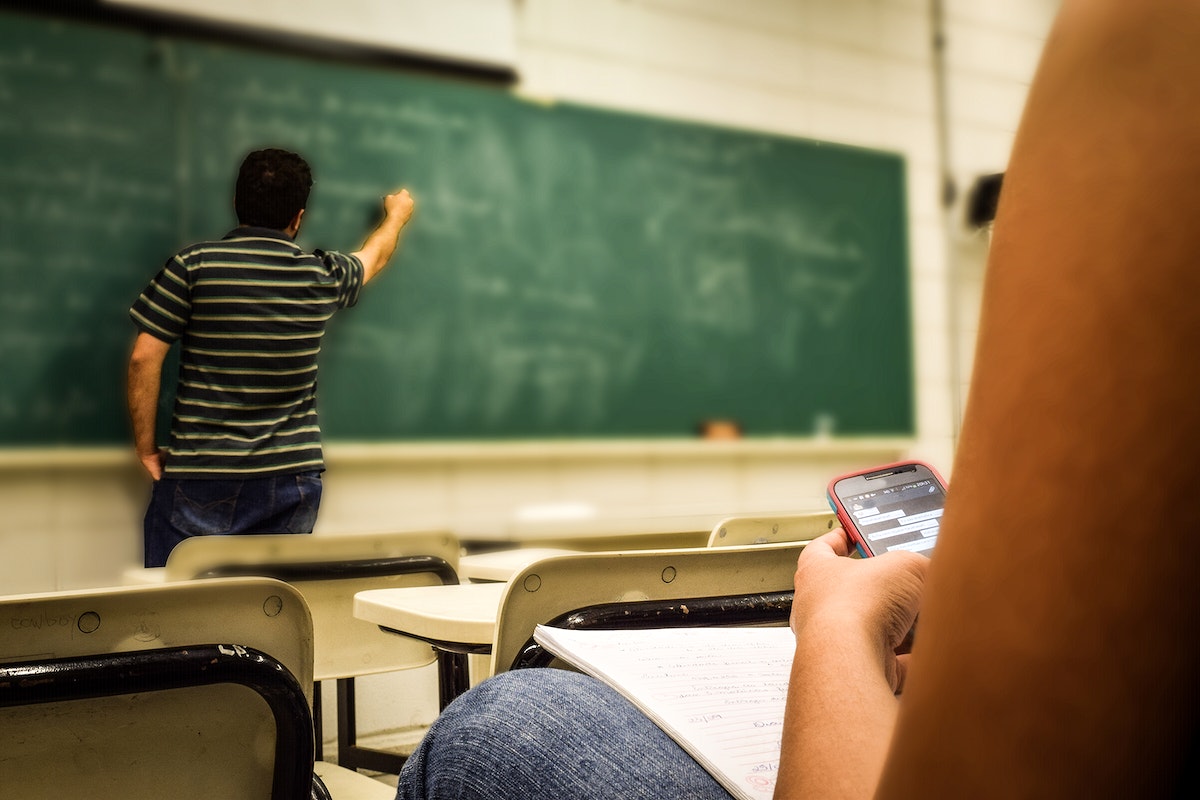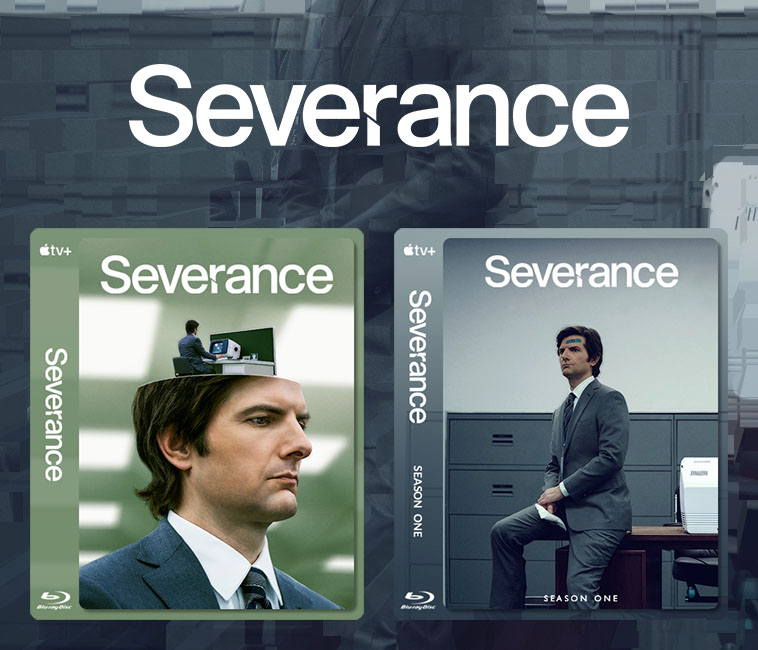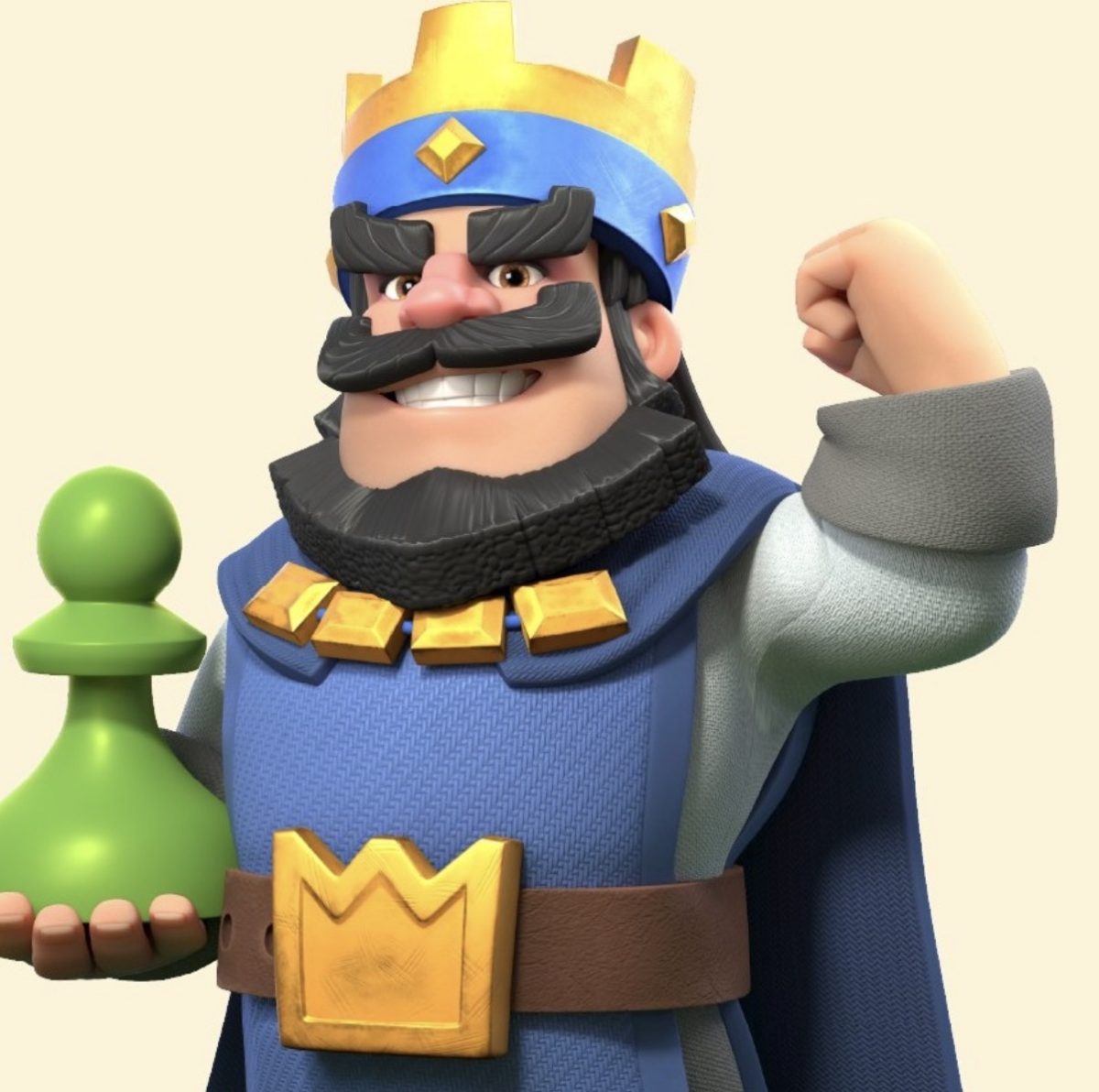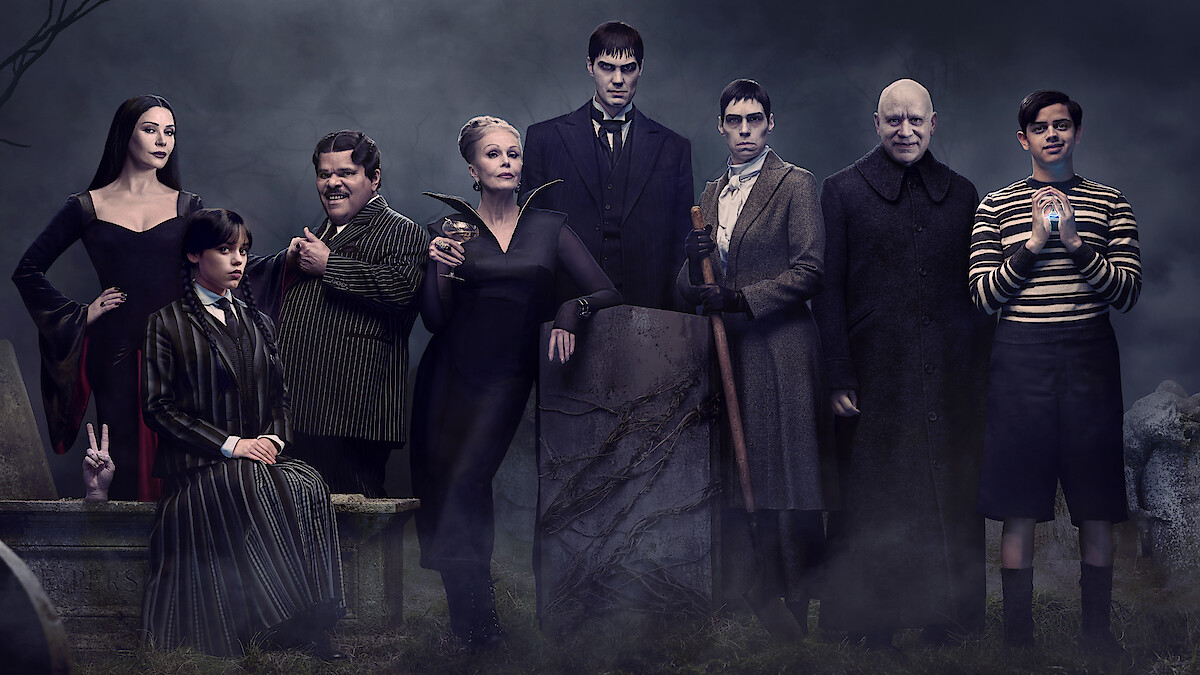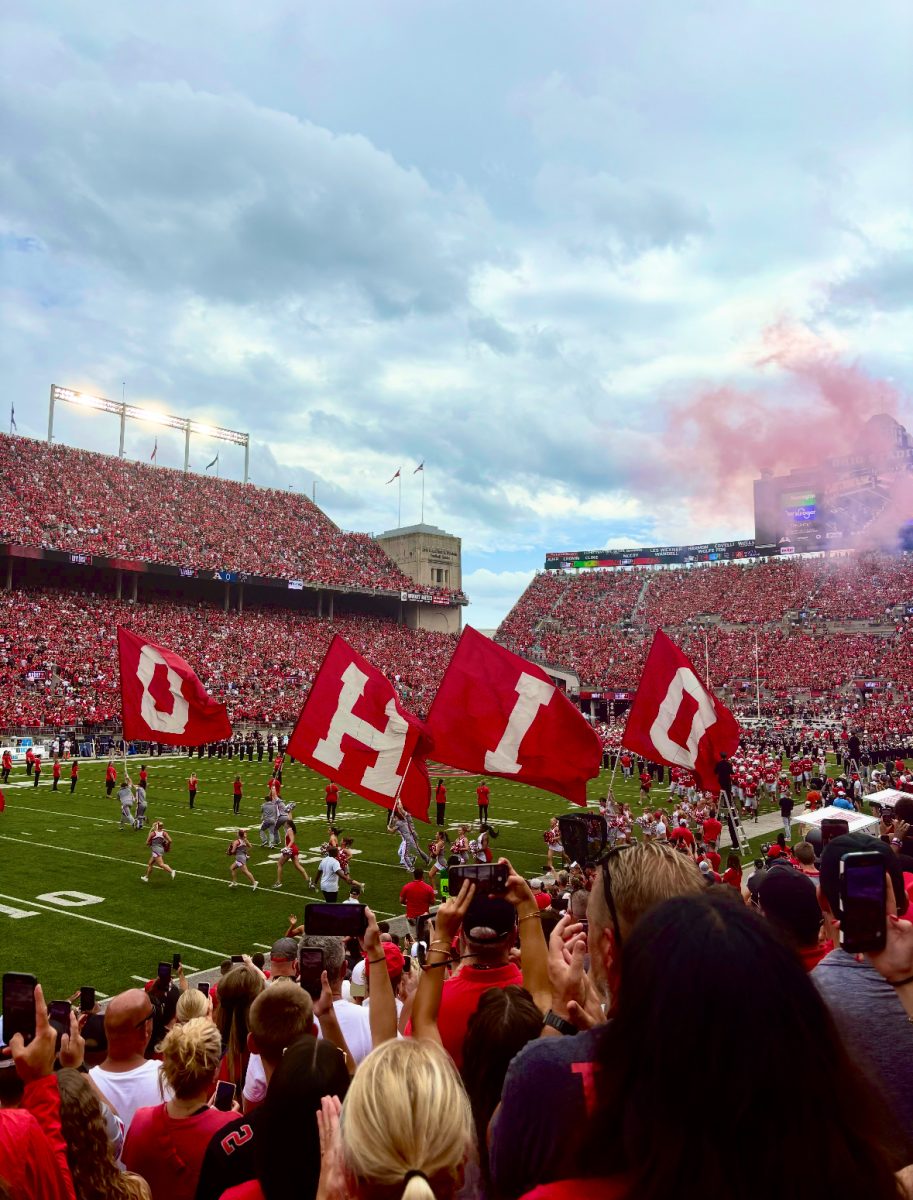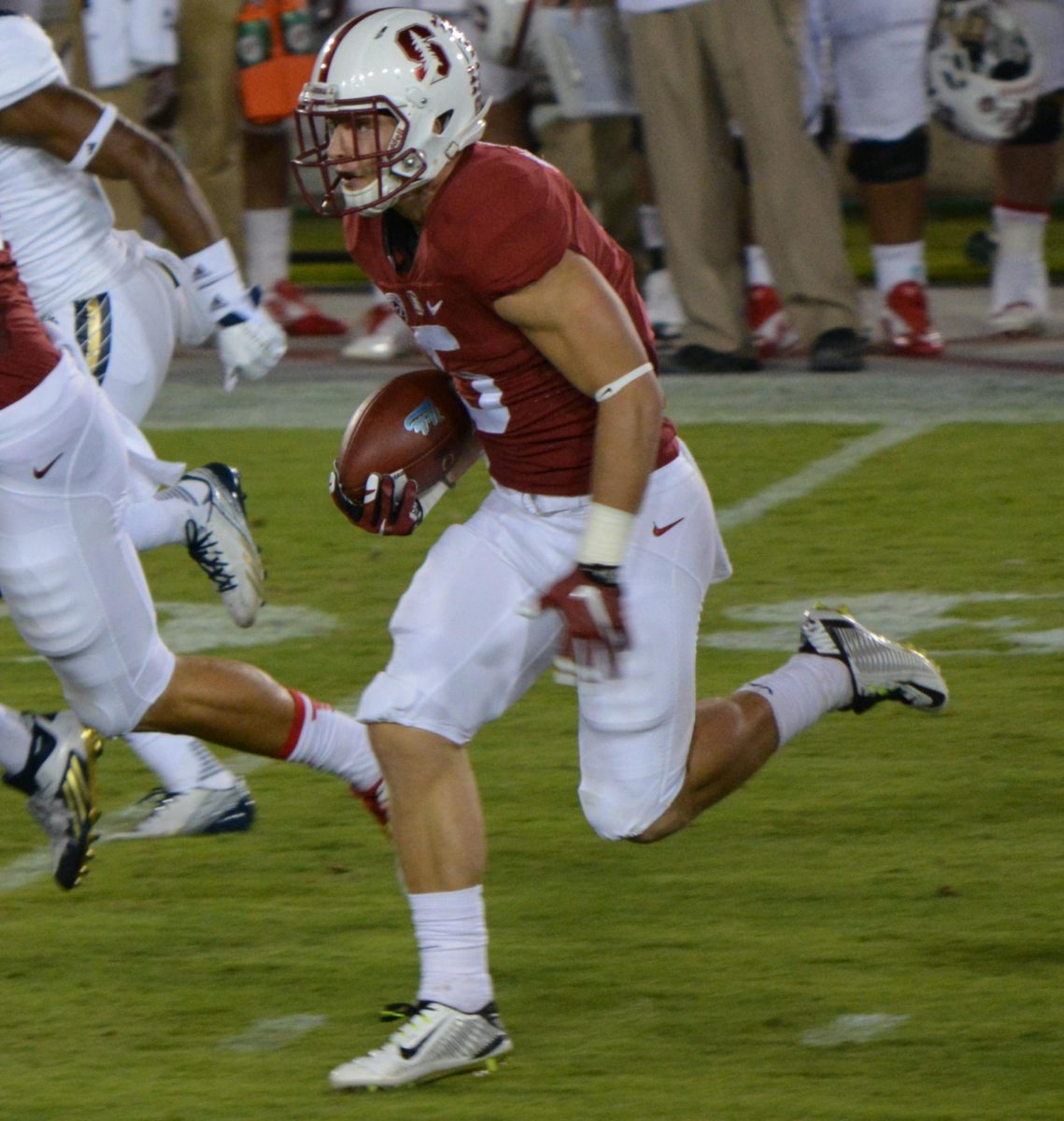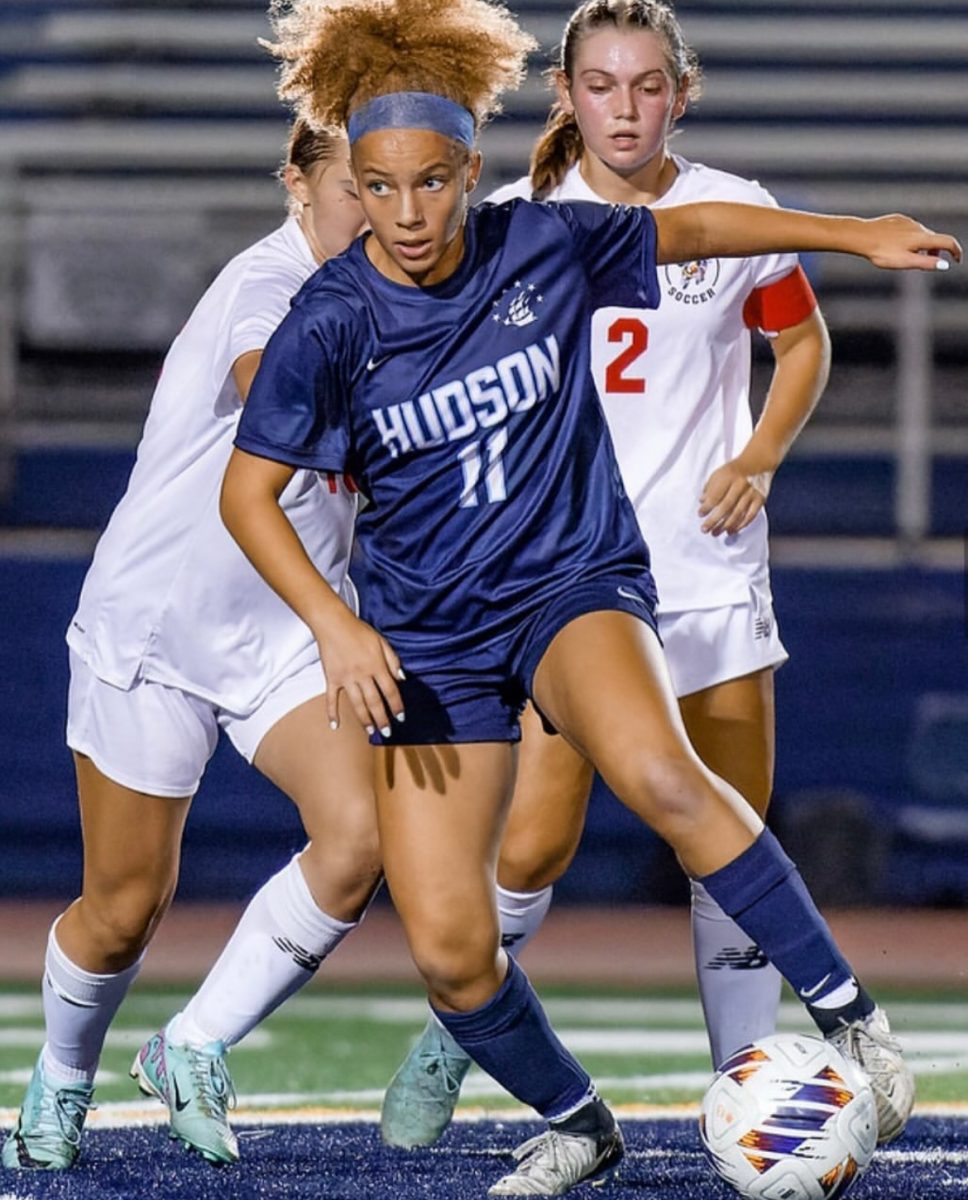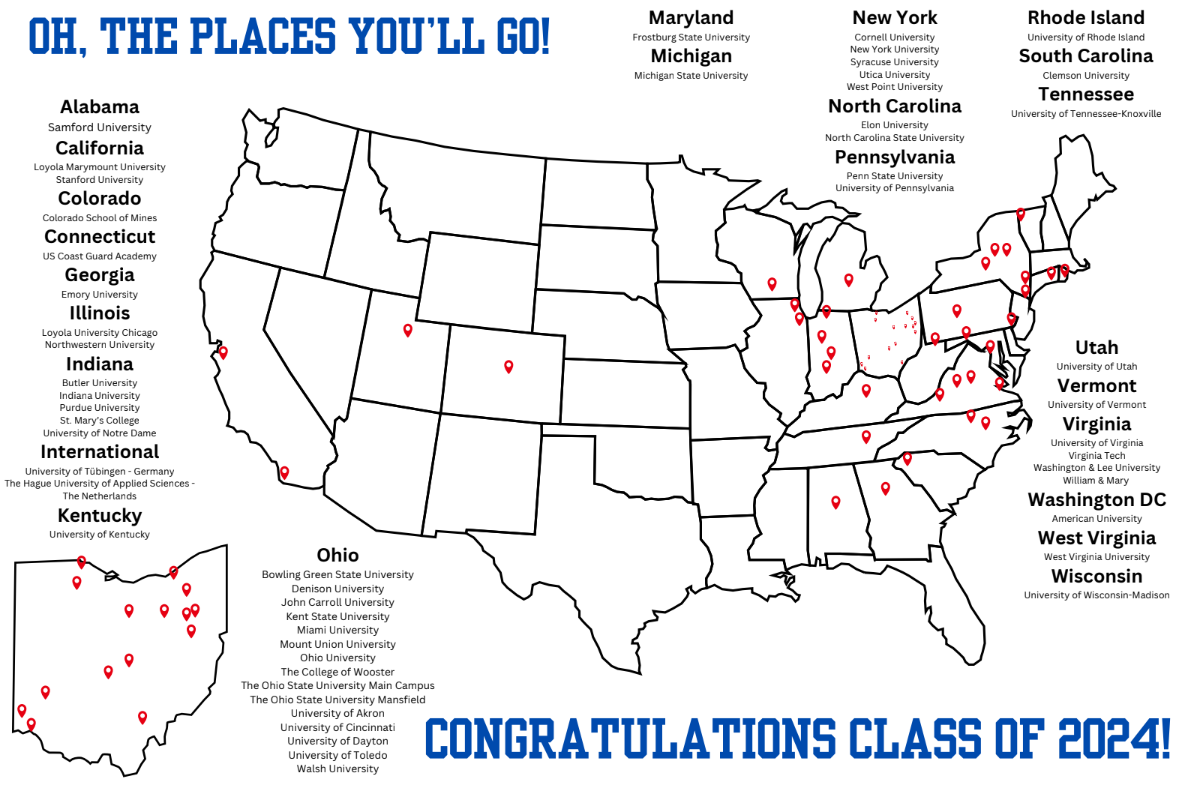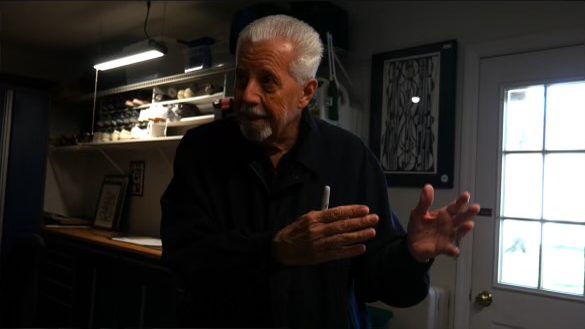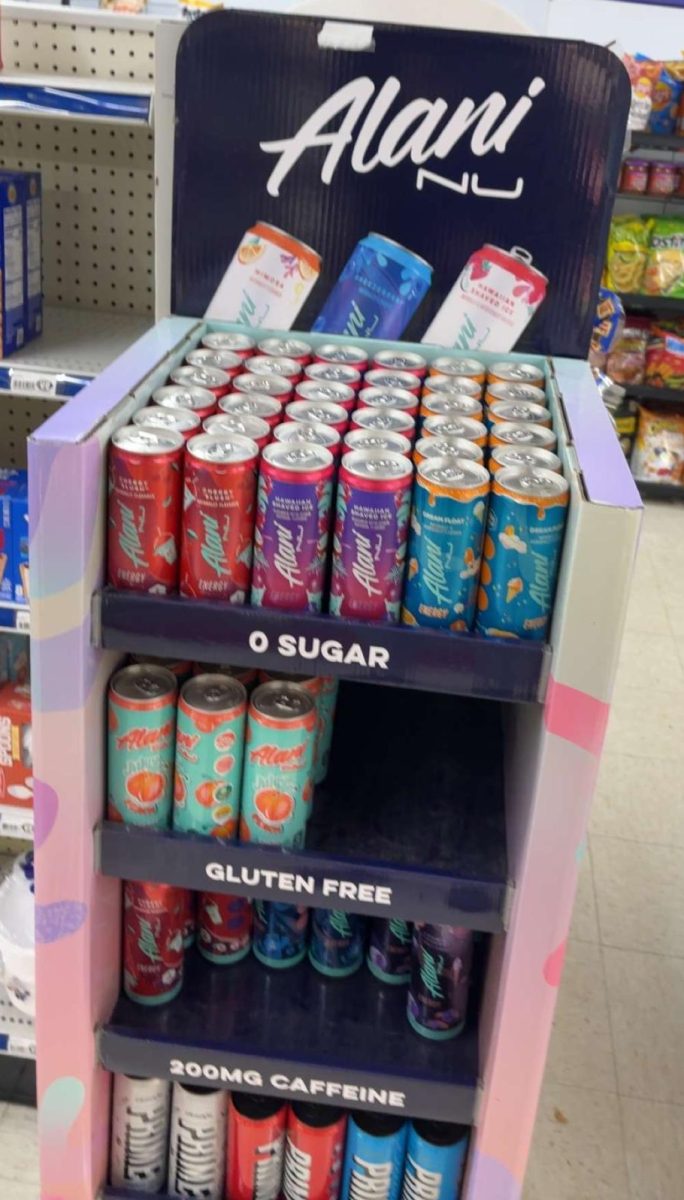Nearly two in five feel addicted to caffeine. 97% of Americans alone consume high doses of caffeine every single day from coffee, soda, energy drinks, or other highly caffeinated drinks. The wide range of places selling these items has grown rapidly in recent years, which leaves many wondering just what happened that so many people cannot go daily without their morning dose of caffeine.
There is a need for a caffeine fix for several reasons. The reason you feel that “caffeine-high” is because “caffeine stimulates your central nervous system, which can make you feel more awake and give you a boost of energy,” according to MedlinePlus. This may be why many report feeling sluggish before they have their morning cup of coffee. What’s common in students is the appeal to get something quick, like an energy drink, that they can consume to better their focus before a big test. But something common between the two is how widely accessible these drinks are. You can find bottled coffee and energy drinks in almost any gas station or grocery store. Due to the availability, many caffeine addicts find the drinks to be easily accessible, which can add to the attraction.
The price of caffeine is somewhat of a controversial topic as recently the prices for these on-the-go drinks have skyrocketed. This is more relevant for hand-crafted drinks like coffee and tea rather than energy drinks, which can range from two to three dollars per drink. Statistics show that one in four people go at least once a week to purchase a caffeinated drink while on the go. These people are willing to spend some serious money on a single cup of coffee.
One of the most beloved cafes to get that coffee or tea fix is the infamous Starbucks. With a wide selection of flavors and add-ons, the prices of these drinks are constantly adding up to be as much as eight dollars for just a small drink! Other stores like Dunkin and Biggby Coffee are other stores that make customers pay high prices to subside their addiction.

What many of these caffeine addicts don’t know are the side effects that come from the caffeine they consume. Restlessness and shakiness, insomnia, headaches, dizziness, fast heart rate, and dehydration are just a few of the side effects that come out of high consumption of caffeine. But the one side effect that many don’t think about is the dependency on consuming caffeine. Many cannot go a full day without their morning cup of coffee, that’s the dependency being revealed. These side effects are the reason many adolescents are cautioned to not drink caffeine.
Many health practitioners can agree that quitting caffeine would have a huge benefit on overall health. Improved sleep, lower blood pressure, less anxiety, headache relief, and weight loss are just some of the benefits. One of the best ways to have a “caffeine flush” is water. Cutting caffeine is a slow process, with gradual as the way to go. If you drink four cups of coffee a day, cut back to three first and then down to two, and so on. That way it is a lot more manageable and you can stick to a routine and a higher chance you can quit. It is easily forgotten that caffeine IS a drug and can be addicting, so cutting down on caffeine intake would greatly improve your health.



